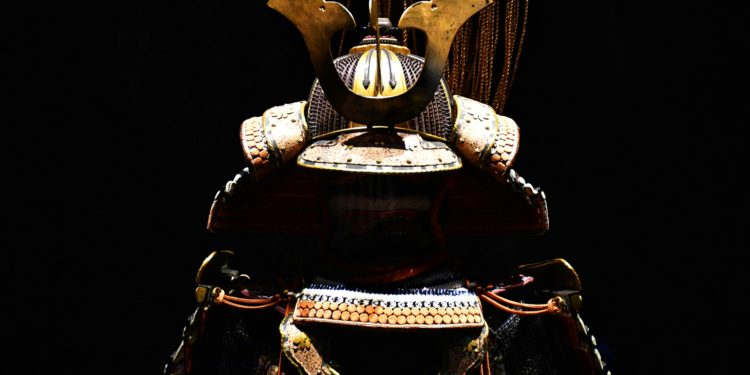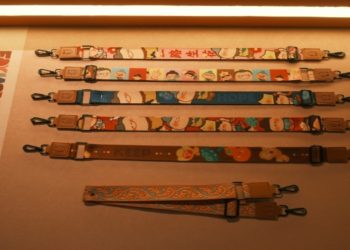Samurai armor, known as yoroi, has undergone a fascinating evolution, reflecting both the practical needs of warriors on the battlefield and the rich cultural symbolism of feudal Japan. Initially designed for protection, samurai armor became a status symbol and an artistic representation of the samurai class’s values and way of life. From its earliest forms to its iconic status in modern times, samurai armor showcases the fusion of functionality and aesthetics that characterizes Japan’s military history.
Early Samurai Armor: Functional Beginnings
The origins of samurai armor date back to the 4th and 5th centuries, with the emergence of Japan’s early warrior class. Initially, armor was simple and primarily made of leather and iron, providing basic protection against swords, arrows, and spears. However, as warfare evolved, so too did the armor. By the late Heian period (794-1185), samurai warriors required more sophisticated protection on the battlefield, leading to the development of the ō-yoroi (great armor).
The ō-yoroi consisted of large, boxy chest plates, which offered better defense against mounted archers and the weapons of the time. Made of iron plates bound together with silk or leather cords, the ō-yoroi was effective but cumbersome, and suited mostly for mounted warriors. These early designs reflected the needs of the period—emphasizing protection in large-scale battles while retaining mobility for the elite warrior class.
Medieval Armor: Innovation and Adaptation
During the Kamakura (1185–1333) and Muromachi (1336–1573) periods, samurai warfare shifted towards more intense hand-to-hand combat, which led to significant changes in armor design. The dō-maru and haramaki armors were developed to provide greater flexibility and ease of movement for foot soldiers. Unlike the bulky ō-yoroi, these armors were lighter, allowing samurai to engage in ground combat more effectively. The design changes reflected the increasing frequency of close-quarters fighting, especially as samurai armies expanded and new military strategies emerged.
As Japan entered the Sengoku period (1467–1603), an era marked by almost constant civil war, armor continued to evolve. Samurai needed armor that was both durable and efficient for prolonged conflicts. The tosei-gusoku, or “modern armor,” was born during this period. It featured solid iron plates and a more streamlined design that could withstand firearms, which had been introduced by Portuguese traders in the 16th century. The inclusion of helmets (kabuto) with faceplates (mengu) also became common, providing protection and enhancing the intimidating appearance of samurai warriors.
Symbolism and Status: Armor as Art
By the Edo period (1603–1868), Japan entered a time of relative peace under the Tokugawa shogunate, and the practical use of armor on the battlefield diminished. Instead, samurai armor took on a new role as a symbol of status, honor, and tradition. Elaborate designs, intricate decorations, and personalized family crests (mon) became integral to samurai armor. The craftsmanship became as important as the functionality, with armor reflecting the samurai’s rank, heritage, and adherence to the code of bushido (the way of the warrior).
Armor was no longer just for protection but a display of artistry and identity. Helmets were often adorned with elaborate horns, crests, and symbolic motifs, signifying the warrior’s family and rank. Lacquered finishes and colorful silk lacing added to the visual impact, turning samurai armor into a masterpiece of Japanese craftsmanship.
The Legacy of Samurai Armor
Though the samurai class was abolished after the Meiji Restoration in the late 19th century, the legacy of samurai armor endures. Today, samurai armor is viewed as a cultural icon, representing the virtues of the samurai: loyalty, honor, and discipline. Preserved in museums, armor is still crafted by artisans and revered for its historical and artistic value.
In modern Japanese culture, samurai armor continues to inspire fashion, art, and popular media, from ceremonial practices to films and video games. Its evolution from a tool of war to a symbol of national pride underscores the deep connection between Japan’s martial past and its enduring cultural heritage.
The evolution of samurai armor reflects the dynamic history of Japan, where practicality and symbolism intertwined to create something that transcended its original purpose. What began as essential protection for warriors grew into a lasting cultural icon, embodying the spirit of the samurai and the artistry of Japanese craftsmanship.











































































